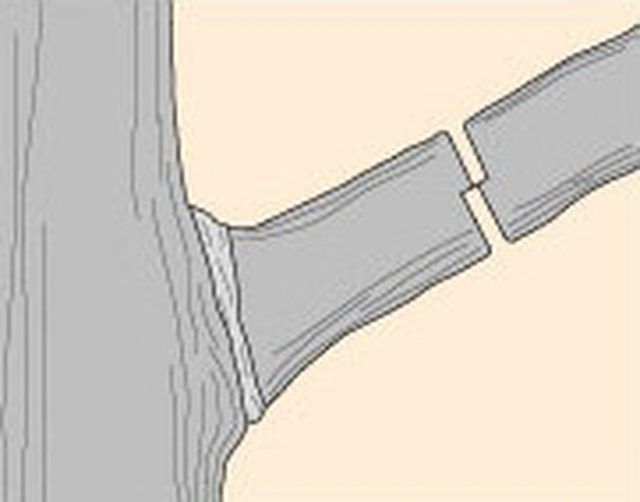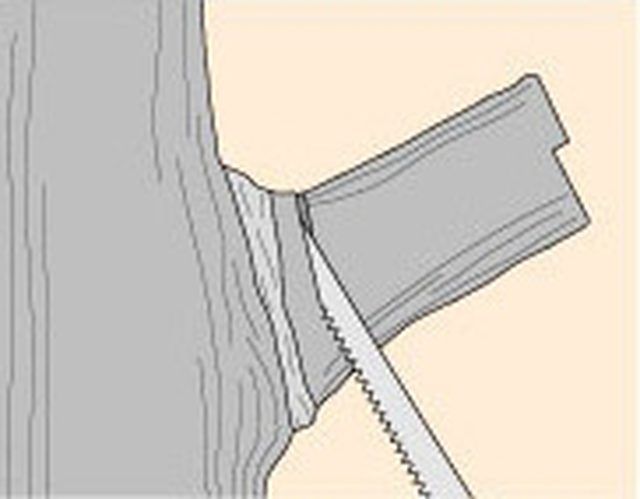Bulbs
Flower Basics
Flower Beds & Specialty Gardens
Flower Garden
Garden Furniture
Garden Gnomes
Garden Seeds
Garden Sheds
Garden Statues
Garden Tools & Supplies
Gardening Basics
Green & Organic
Groundcovers & Vines
Growing Annuals
Growing Basil
Growing Beans
Growing Berries
Growing Blueberries
Growing Cactus
Growing Corn
Growing Cotton
Growing Edibles
Growing Flowers
Growing Garlic
Growing Grapes
Growing Grass
Growing Herbs
Growing Jasmine
Growing Mint
Growing Mushrooms
Orchids
Growing Peanuts
Growing Perennials
Growing Plants
Growing Rosemary
Growing Roses
Growing Strawberries
Growing Sunflowers
Growing Thyme
Growing Tomatoes
Growing Tulips
Growing Vegetables
Herb Basics
Herb Garden
Indoor Growing
Landscaping Basics
Landscaping Patios
Landscaping Plants
Landscaping Shrubs
Landscaping Trees
Landscaping Walks & Pathways
Lawn Basics
Lawn Maintenance
Lawn Mowers
Lawn Ornaments
Lawn Planting
Lawn Tools
Outdoor Growing
Overall Landscape Planning
Pests, Weeds & Problems
Plant Basics
Rock Garden
Rose Garden
Shrubs
Soil
Specialty Gardens
Trees
Vegetable Garden
Yard Maintenance
How to Remove a Dead or Diseased Tree Limb
How to Remove a Dead or Diseased Tree Limb. Dead, diseased and injured branches affect more than a tree's appearance. They can fall and injure people or property, or spread diseases to other plants in the garden. If the limb is high off the ground or so large that you'd need power equipment to prune it, call a professional arborist. Otherwise, get...
Dead, diseased and injured branches affect more than a tree's appearance. They can fall and injure people or property, or spread diseases to other plants in the garden. If the limb is high off the ground or so large that you'd need power equipment to prune it, call a professional arborist. Otherwise, get out your pruning saw and proceed as follows. You can remove diseased or damaged limbs at any time without harming the tree, but the wound will heal fastest if you prune before spring growth begins.
Things You'll Need
Bleach
Rag
Pruning Saw
Find the branch collar--the slight swelling where the limb meets the trunk. When you remove the limb, you want to leave this doughnut-shaped mass intact; it contains living trunk tissue and serves as the tree's natural defense against pests and diseases.
Choose the right tool. For a limb up to about 2 inches (5 cm) in diameter, or one that's growing close to another, a narrow, curved pruning saw works best. To cut a larger branch, use a straight pruning saw that has teeth on both sides of the blade.
Reduce the weight of the limb (thereby preventing it from tearing bark from the trunk as it falls). This process involves two cuts. First, cut up from the underside of the branch, 12 to 18 inches (30 to 45 cm) from the branch collar, about two-thirds of the way through (or until you feel the saw blade start to bind) (see A).

Make the second cut from the top, directly above or just a little out from the first one. Cut straight down until the limb falls (see A).
Take off the remaining stub by cutting downward at a 45- to 60- degree angle, just beyond the branch collar (see B).

If the removed limb was diseased, swab your saw blade with household bleach, then rinse and wipe it dry before you store it or use it on another tree.
Tips & Warnings
Be sure to remove all branch stubs. They serve as entryways for disease organisms.
Conventional wisdom used to advocate coating a pruning wound with tree paint. New research has found that this step is useless. If you've made your cuts properly, the tree will heal by itself. If you haven't, nothing will help.